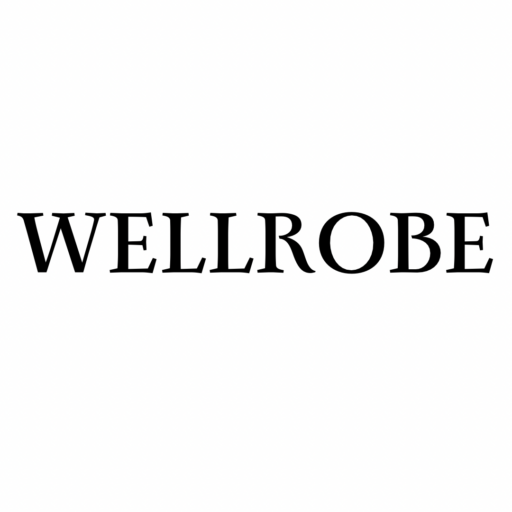There has been a resurgence of interest in raw milk as an alternative to pasteurized, homogenized milk commonly found in supermarkets. Advocates claim raw milk to be more nutritious and flavorful, while skeptics emphasize the potential health risks associated with consuming unpasteurized dairy. In this article, we delve into the debate surrounding regular milk versus raw milk to uncover the differences and implications for your health.
Milk – a staple in many households, revered for its versatility and nutritional value. Yet, within the realm of milk consumption, there exists a divide that has sparked debates among health enthusiasts and dairy aficionados alike: regular milk versus raw milk. Both hold a place in the dairy aisle, but what sets them apart, and why has raw milk recently surged in popularity?
Let’s start with the basics. Regular milk, the kind most commonly found in grocery stores, undergoes a process known as pasteurization. This process involves heating the milk to high temperatures to kill harmful bacteria, followed by rapid cooling to prevent any further microbial growth. Pasteurization effectively extends the shelf life of milk and ensures its safety for consumption.
On the other hand, raw milk skips the pasteurization step entirely, going straight from udder to bottle. Proponents of raw milk argue that this untouched state preserves the milk’s natural enzymes, beneficial bacteria, and nutrients that may be destroyed during pasteurization. These include vitamins, minerals, and proteins that contribute to overall health and well-being.
So, what are the touted health benefits of raw milk? Advocates claim that its unaltered state offers a myriad of advantages over its pasteurized counterpart. Here are some of the commonly cited benefits:
- Nutrient Retention: Raw milk enthusiasts argue that pasteurization diminishes the nutritional value of milk by destroying heat-sensitive vitamins and enzymes. Raw milk, in contrast, retains these vital nutrients, providing a more wholesome option for consumers.
- Probiotics: Raw milk contains beneficial bacteria that proponents believe can support gut health and bolster the immune system. These probiotics may aid in digestion and promote a healthy microbial balance in the intestines.
- Reduced Allergenicity: Some individuals who are lactose intolerant or have milk allergies claim they can tolerate raw milk better than pasteurized milk. While research on this topic is limited, anecdotal evidence suggests that the natural enzymes present in raw milk may aid in digestion and alleviate symptoms associated with dairy intolerance.
- Improved Flavor: Many raw milk enthusiasts attest to its superior taste compared to pasteurized milk. The absence of heat processing allows the milk’s natural flavors to shine through, offering a richer and creamier taste experience.
Despite these perceived benefits, it’s essential to acknowledge the potential risks associated with consuming raw milk. Raw milk carries a higher risk of contamination with harmful bacteria such as Salmonella, E. coli, and Listeria, which can cause serious illness, particularly in vulnerable populations such as young children, pregnant women, and individuals with weakened immune systems.
So, why the recent craze surrounding raw milk despite these risks? One explanation lies in the broader trend toward natural and minimally processed foods. As consumers become increasingly mindful of what they eat and seek out products with fewer additives and preservatives, raw milk presents itself as a natural and unadulterated alternative to conventional dairy products.
Additionally, some consumers view raw milk as a way to support local farmers and sustainable agriculture practices. By purchasing raw milk directly from small-scale dairy farms, consumers can feel a closer connection to the source of their food and contribute to the preservation of traditional farming methods.
In conclusion, the debate between regular milk and raw milk is multifaceted, encompassing considerations of nutrition, safety, taste, and sustainability. While raw milk enthusiasts extol its purported health benefits and superior flavor, it’s essential for consumers to weigh these advantages against the potential risks of bacterial contamination. Ultimately, the choice between regular milk and raw milk boils down to personal preferences, dietary needs, and risk tolerance. As with any dietary decision, it’s crucial to make an informed choice based on reliable information and individual health considerations.
